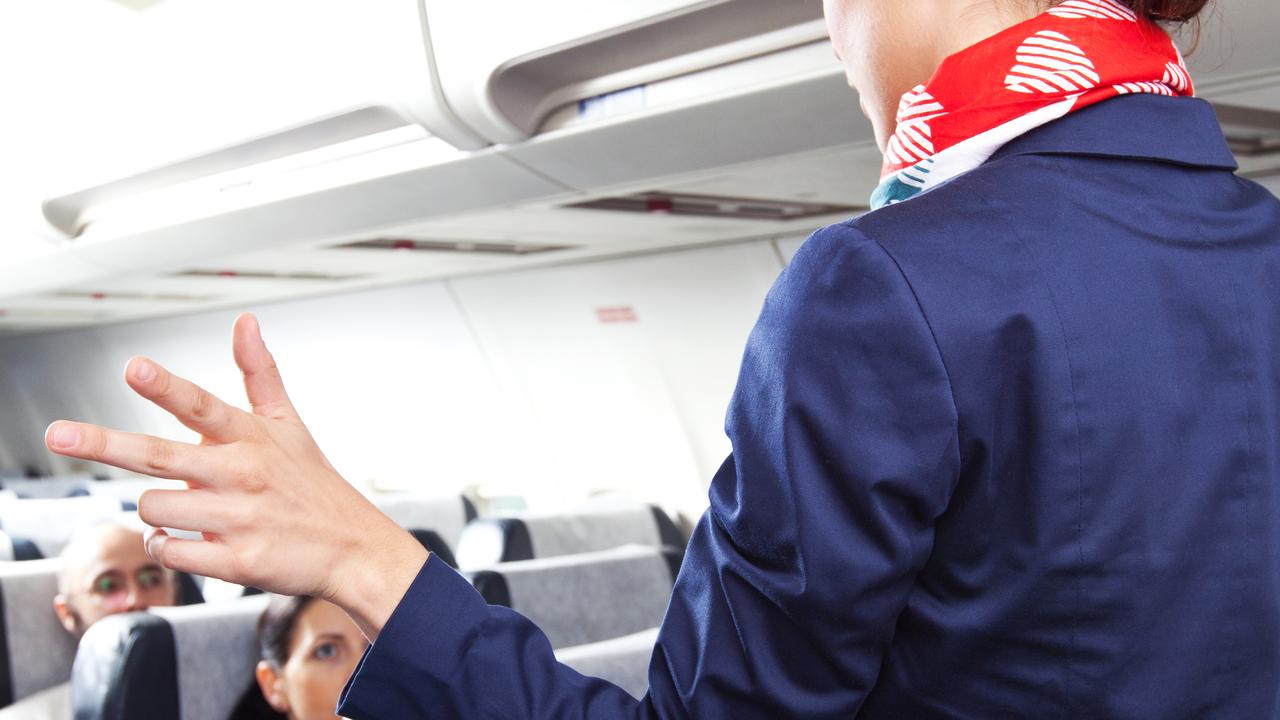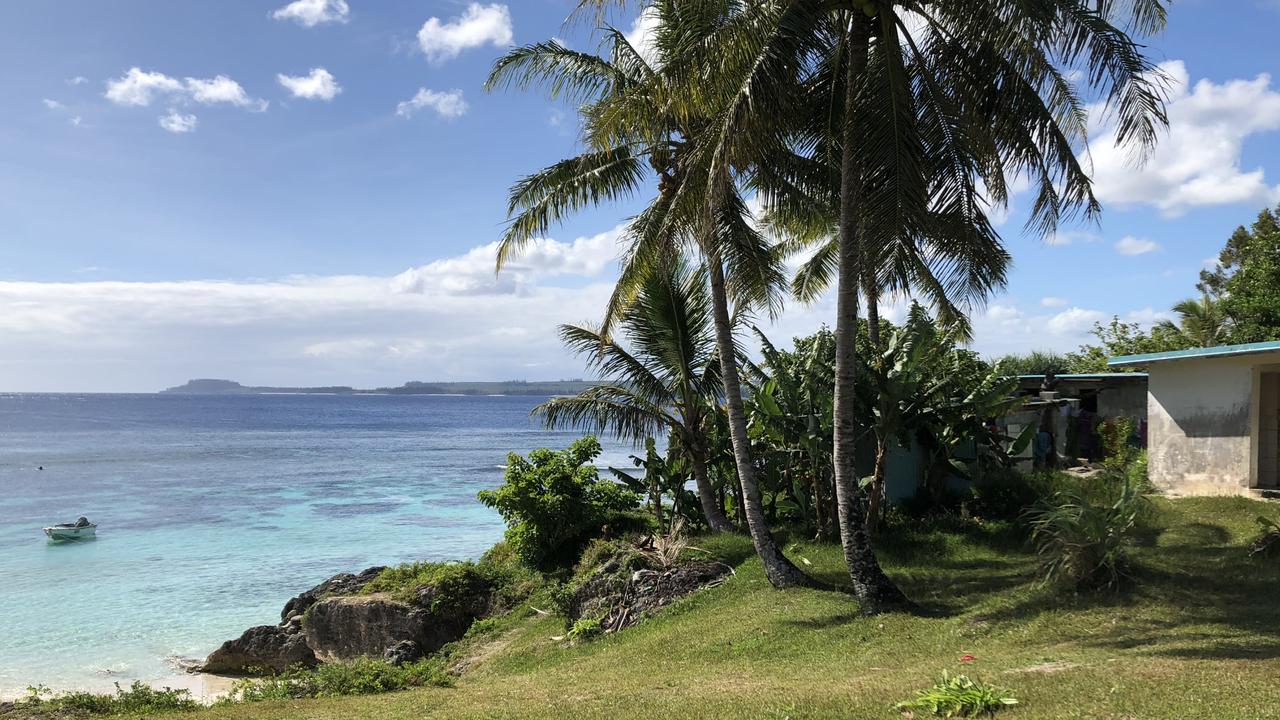Seek out a lost treasure in Machu Picchu, Peru
GETTING to the Incan wonder that is Machu Picchu is an experience itself, writes a breathless Nick Saxon as he acclimatises to the altitude.
AS SOON as you arrive in Cusco you notice the altitude. By the time you step off the plane and walk to the terminal building you're exhausted.
For the first day or two, touring can be tiring as you deal with the shortness of breath. I recommend travelling up from the coast in stages (perhaps a day or two in Arequipa) as a good way to acclimatise. And once you're in Cusco, pace yourself - you're here to see one of the Wonders of the World, I know, but Cusco is a pretty amazing city in its own right.
In the rush to reach Machu Picchu, many travellers forget that Cusco was the capital of the Incan Empire. It may have lost this status with the arrival of the Spanish Conquistadors but there's no disputing that once again the city's star is rising. Today, as the oldest inhabited city in South America, it's only fitting that Cusco is the centre of all things archeological on the continent and, at 3300m, a tourist mecca rich in culture and history.
I set out to explore the cobbled streets, brushing shoulders with Quechua-speaking Indians who are descendants of the original Inca.
Like so many Peruvian cities, the heart of town is the Plaza de Armas - but here the square pre-dates the Spaniards and was once known as Huacaypata. It's surrounded by colonnaded buildings from the colonial era, many of which have foundations that are actually Incan.
For instance, I crossed past the cathedral (they started building in 1559 and took more than 100 years to finish) and headed down a pedestrian alley called Loreto. Here you can see the Incan walls that line the laneway.
The entire city is a treasure trove of churches, Inca engineering - they even built a viaduct system to water the city curio shops, cafes, bars and quaint hotels. The latter cater to the tourist hordes. Cusco can feel touristy but there's also an incredible buzz about this beautiful city.
It was once the centre of an empire and the tourism juggernaut at least gives you a sense of how the city teemed with commerce long ago.
We head out of town into the Urubamba Mountains and across the dizzying (literally) 3800m-high Chinchero Plateau. On the other side is our destination: the Sacred Valley of the Incas.
Our first stop, Ollantaytambo, is stunning. It's an ancient town, dominated by an imposing fortress where the Conquistadors (none other than Francisco Pizarro's younger brother) actually lost a battle. I wander up towards the fortress - a woman and her son are weaving garments on the hill by the old church and, within minutes, have created me a magic scarf and coat. Nearby is the fresh food market, where we found an amazing variety of chilli, corn, fruit and nuts, sold by the local farmers. We also came across a group of villagers building a primary school.
It's a beaut town, little different in layout to that of a traditional Incan city. But despite this amazing history, I'm drawn to a much more modern edifice: Ollantaytambo Train Station. Why? Because here is the train that's going to take me all the way up to Machu Picchu and I am absolutely beside myself with excitement.
Getting up there is cool, with Peru Rail even providing a band of musicians to entertain travellers. But it's nothing on being there - the one place I've dreamt about visiting ever since I was a kid: Machu Picchu. There's only one way to describe my first glimpse: Epic!
Highland Inca cities such as Machu Picchu were carefully planned to harmonise with the landscape, both through the use of indigenous materials and through the architectural repetition of the surrounding natural forms.
Inca buildings were constructed with carefully shaped, precisely fitted, stone masonry that was left undecorated. Trapezoidal doors and windows were characteristic. Of course, I needed a guide to point all this out.
It was fascinating to discover that this secret city was never discovered by the Spaniards. In fact, when Hiram Bingham stumbled upon Machu Picchu in 1911 (a local boy led him to it) he was actually looking for a different city altogether.
When you stand there on those towering cliff-tops it's almost unthinkable that the Incas were able to build this place - transporting these giant stones over such incredible terrain. Yet they did and they managed to build a city for more than 1000 inhabitants. Amazing. No wonder the Spaniards never thought to look up here.
My guide explained that the city was originally divided into three sections: agricultural, residential and religious. You've all seen the amazing pictures of Machu Picchu's location, but what you don't realise, until you get there, is that this escarpment is really close to the edge of the Amazon. That was the purpose of the city - the Incas were looking to expand into the Amazon and they founded Machu Picchu as a trading outpost.
My guide, Wagner, was phenomenal, but there came a point where I wanted to just sit and take it all in. I pulled up a pew, on the edge of an Andean terrace with a view of the viaduct system - at the end of the 15th century, this civilisation was transporting spring water from the mountains down a natural system of gradients to water the thirsty population. The feats of engineering in this place are just incredible.
So I'm sitting there and it's a bit of a downer because this means my Peruvian adventure is nearing an end. There's an upside though - I'm running out of superlatives. I've said it once, but I have to say it again as I look out over this sublime landscape, one word springs to mind: Epic!
Go2
-- PERU
- Getting there
LAN Airlines offers six weekly flights from Sydney to Santiago, Chile, via Auckland, with onward connections to more than 10 destinations in Peru including Lima, Cusco and Arequipa. LAN also offers non-stop flights between Sydney and Santiago every Monday, Wednesday and Saturday in a codeshare partnership with Qantas.
For more information or to make a booking, contact travel agents, call LAN reservations on 1800 558 129, or visit lan.com
- Doing there
World Expeditions' 19-day Best of Peru and Bolivia tour costs $3290 a person (excluding international flights). This tour takes in Cusco, the Sacred Valley, Machu Picchu, Lake Titicaca, the thriving Bolivian capital of La Paz and more.
See worldexpeditions.com



